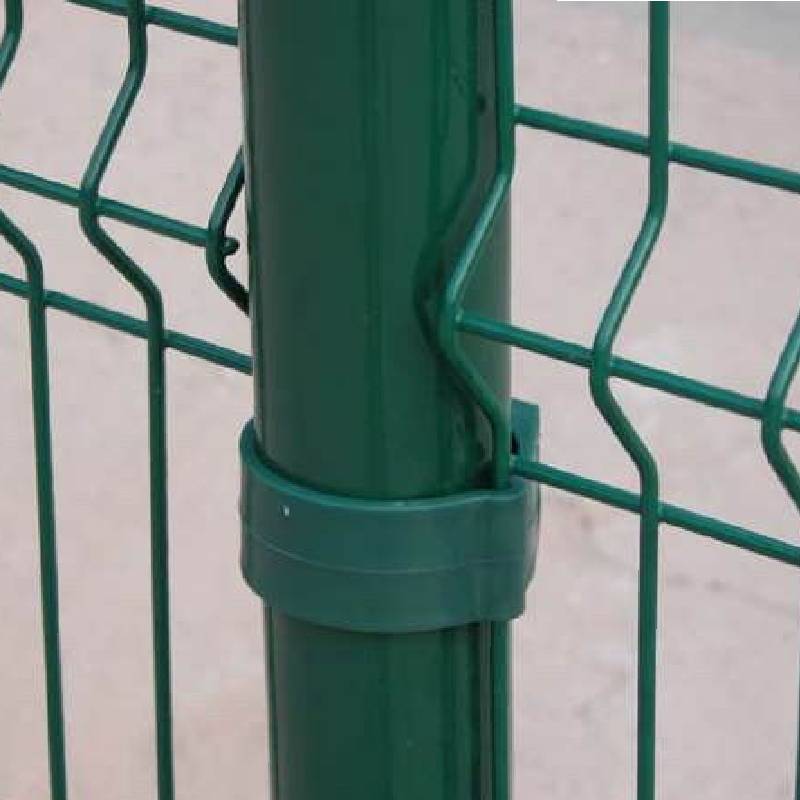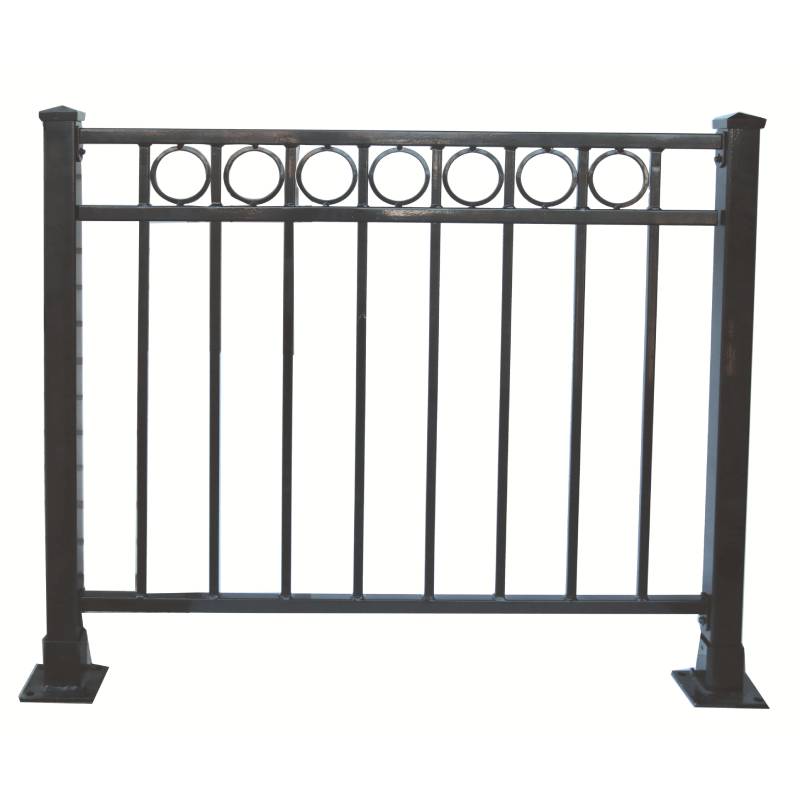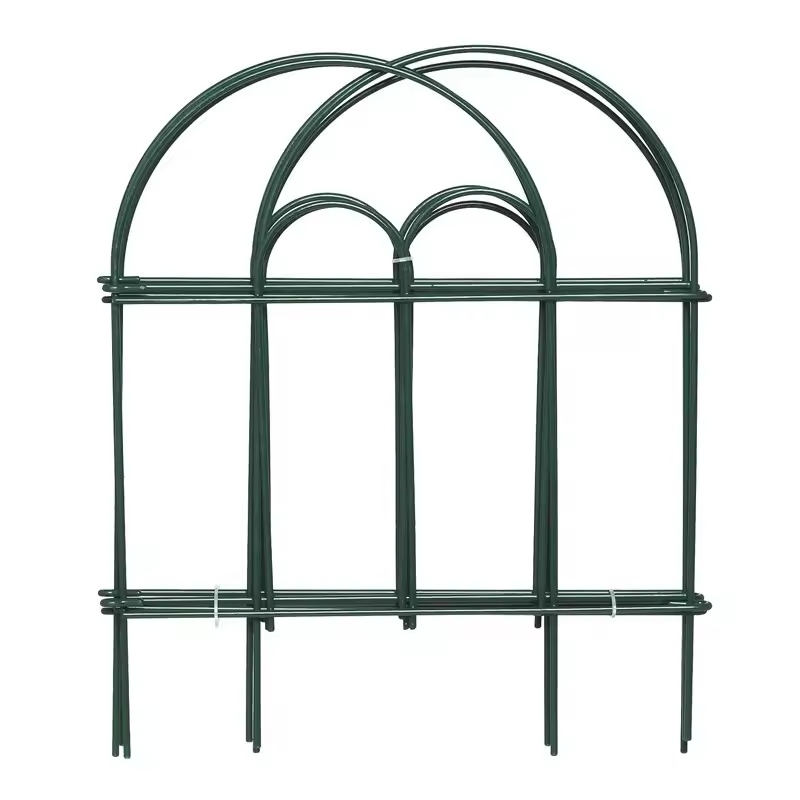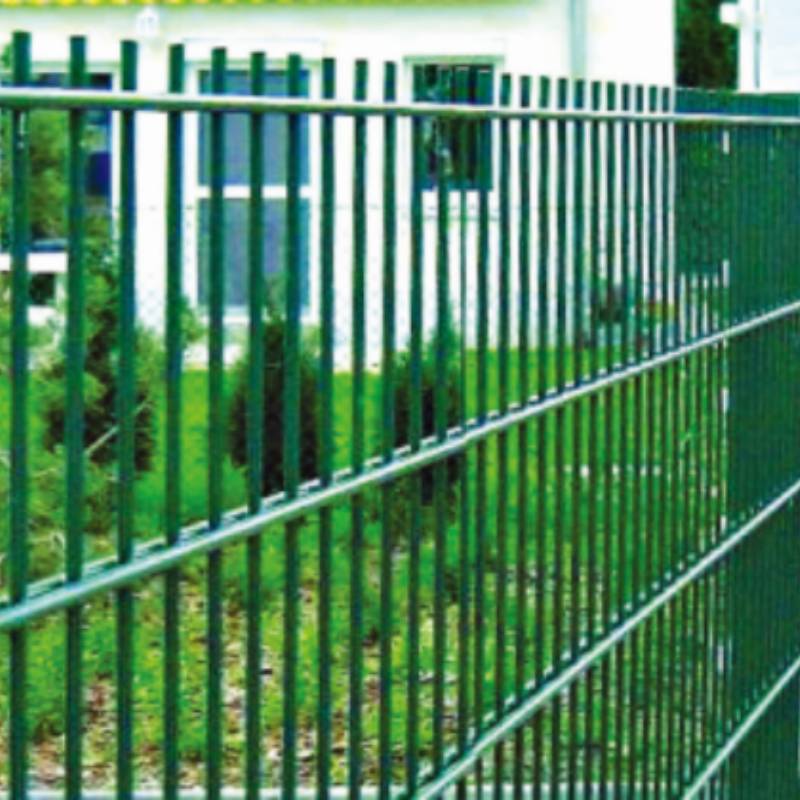-
Īmēra:zhao@hyliec.cn
-
Waea:+86 311 85273988
-
WhatsAPP:8613931128750
-
 Awherika
Awherika -
 Albanian
Albanian -
 Amharic
Amharic -
 Arapi
Arapi -
 Arameni
Arameni -
 Azerbaijani
Azerbaijani -
 Basque
Basque -
 Belarusian
Belarusian -
 Bengali
Bengali -
 Bosnia
Bosnia -
 Bulgarian
Bulgarian -
 Katarana
Katarana -
 Cebuano
Cebuano -
 Korihika
Korihika -
 Koroatiana
Koroatiana -
 Czech
Czech -
 Teniana
Teniana -
 Tatimana
Tatimana -
 Ingarihi
Ingarihi -
 Esperanto
Esperanto -
 Estonian
Estonian -
 Finnish
Finnish -
 Wīwī
Wīwī -
 Frisian
Frisian -
 Kariri
Kariri -
 Georgian
Georgian -
 Tiamana
Tiamana -
 Kariki
Kariki -
 Gujarati
Gujarati -
 Haiti Creole
Haiti Creole -
 hausa
hausa -
 hawaii
hawaii -
 Hiperu
Hiperu -
 Kao
Kao -
 Miao
Miao -
 Hungarian
Hungarian -
 Tiorangi
Tiorangi -
 igbo
igbo -
 Initonia
Initonia -
 Irish
Irish -
 Itari
Itari -
 Hapanihi
Hapanihi -
 Hawaana
Hawaana -
 Kannada
Kannada -
 Kazakh
Kazakh -
 Khmer
Khmer -
 Rwandan
Rwandan -
 Koreana
Koreana -
 Kurdish
Kurdish -
 Kyrgyz
Kyrgyz -
 TB
TB -
 Latina
Latina -
 Latvian
Latvian -
 Lithuanian
Lithuanian -
 Luxembourgish
Luxembourgish -
 Makeronia
Makeronia -
 Malgashi
Malgashi -
 Malay
Malay -
 Malayalam
Malayalam -
 Marite
Marite -
 Maori
Maori -
 Mareti
Mareti -
 Mongolian
Mongolian -
 Myanmar
Myanmar -
 Nepali
Nepali -
 Norewai
Norewai -
 Norewai
Norewai -
 Occitan
Occitan -
 Pashto
Pashto -
 Pahia
Pahia -
 Porohia
Porohia -
 Potiti
Potiti -
 Punjabi
Punjabi -
 Romanian
Romanian -
 Ruhia
Ruhia -
 Hamoa
Hamoa -
 Scottish Gaelic
Scottish Gaelic -
 Serbian
Serbian -
 Ingarihi
Ingarihi -
 Shona
Shona -
 Sindhi
Sindhi -
 Sinhala
Sinhala -
 Slovak
Slovak -
 Slovenian
Slovenian -
 Somali
Somali -
 Paniora
Paniora -
 Hatana
Hatana -
 Swahili
Swahili -
 Huitene
Huitene -
 Tagalog
Tagalog -
 Tajik
Tajik -
 Tamil
Tamil -
 Tatara
Tatara -
 Telugu
Telugu -
 Thai
Thai -
 Turkish
Turkish -
 Turkmen
Turkmen -
 Iukereiniana
Iukereiniana -
 Urdu
Urdu -
 Uighur
Uighur -
 Uzbek
Uzbek -
 Vietnamese
Vietnamese -
 Welsh
Welsh -
 Awhina
Awhina -
 Yiddish
Yiddish -
 Yoruba
Yoruba -
 Zulu
Zulu
Taiapa Paewhiri
Wholesale Metal Fence Panels ?
Wholesale metal fence panels are a popular choice for those looking for durable and secure fencing solutions. These panels are often made steel materials providing a
strong and long-lasting option for garden fencing. They are available in various designs and sizes, making them suitable for a wide range of applications. Wholesale options offer cost-effective solutions for purchasing metal fence panels in bulk, making them ideal for contractors, landscapers, and property developers looking to install fencing on a larger scale.
Is It Cheaper To Buy Fence Panels Or Build Them?
The cost of buying fence panels versus building them can vary depending on several factors. In general, buying pre-made fence panels can be cheaper and more time-efficient than building them from scratch. Pre-made panels are mass-produced, which often makes them more cost-effective due to economies of scale. Additionally, purchasing fence panels can save on labor costs, as they are typically easier and quicker to install compared to building a fence from individual components. However, building a fence from raw materials allows for more customization and control over the design, which may be a priority for some individuals. It's important to consider the specific requirements, budget, and time constraints when deciding whether to buy or build fence panels.
How To Install A Panel Fence?
To install a panel fence involves several steps:
1. Measure and plan: Determine the length of the fence and calculate the number of panels needed. Plan the layout and ensure the fence posts are installed at the appropriate intervals to accommodate the panels.
2. Install the posts: Dig holes for the fence posts, ensuring they are deep enough to provide stability. Set the posts in concrete and allow them to cure before attaching the panels.
3. Attach the panels: Once the posts are set, attach the panels to the posts using appropriate fasteners such as screws or nails. Ensure the panels are level and properly aligned.
4. Add finishing touches: Depending on the type of panels used, additional finishing touches such as capping, trim, or paint may be required to enhance the appearance and durability of the fence.
5. Maintenance: Regular maintenance, such as cleaning and sealing, may be necessary to ensure the longevity of the fence panels.
It's important to follow the manufacturer's instructions and local building codes when paneling a fence to ensure proper installation and compliance with regulations. If in doubt, it's advisable to consult with a professional or seek guidance from experienced individuals.








